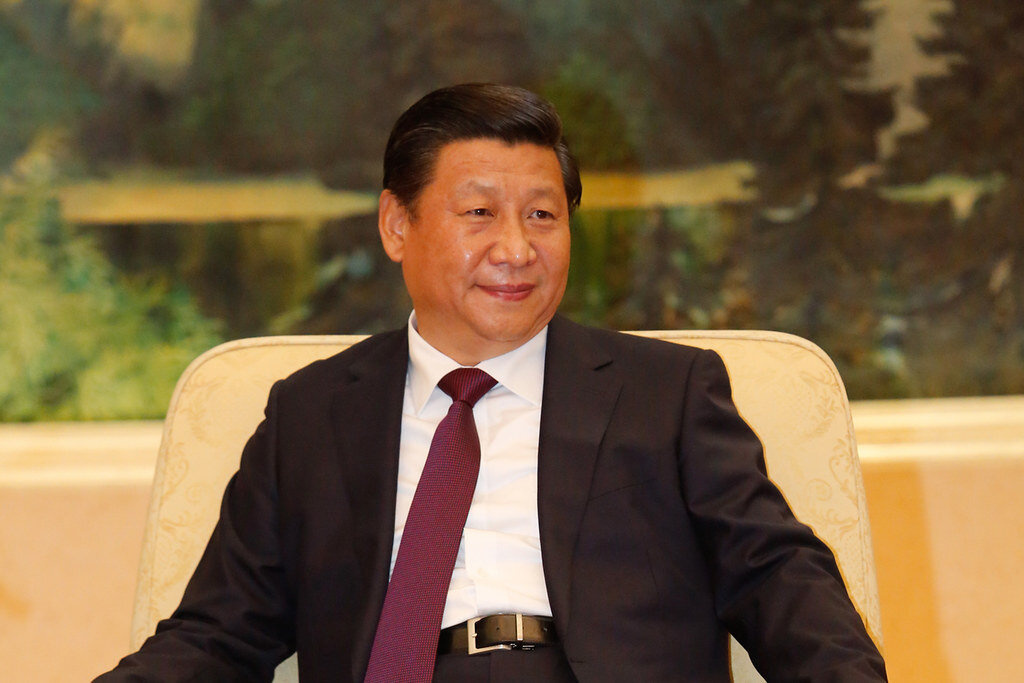China’s Holds its Fifth Plenum
Xi Jinping’s plenums have focused on setting a long-term government agenda (Flickr).
The fifth plenum, China Communist Party’s major policy meeting, took place in Beijing from October 20-26, with the special task to finalize the blueprint for the 14th five-year guidelines that set China’s economic and social policy vision for the period from 2021-2025, reports China Daily.
There have been only seven fifth plenums in the history of the CCP; the first one was in 1980, held by the 11th CCP Central Committee, after Deng Xiaoping came to power in 1978. Since the reform and opening of China during Deng’s rule, every cohort of the Central Committee usually holds seven plenary sessions within five years. The fifth plenum is particularly significant—it is supposed to deliver a work report on the previous five-year plan and outline the next set of long-term objectives.
The Central Committee, which currently has 198 regular members and 166 alternate members, is nominally the most powerful political body under the CCP’s constitution. Meanwhile, the seven-member Standing Committee of the Political Bureau of the Central Committee (“Politburo Standing Committee”) is the apex of power. Plenary sessions are more a forum for policy alignment and, in the Xi Jinping era, a venue for the government to put forth long-term objectives.
Similar to previous fifth plenums, this conference focused heavily on economic development. This time, China dropped its annual GDP growth target in 2020 for the first time since 2002 because of the uncertainty caused by COVID-19. This change would also increase policy options and give greater flexibility to the country’s agenda to help reduce poverty. Xi has also announced the “dual circulation” strategy. First proposed in May, the strategy is for China to depend mainly on “domestic circulation” for its next phase of development, namely an internal cycle of production, distribution, and consumption. This relatively isolationist perspective has also been propelled by the pandemic, where the global supply chain has been largely disrupted. On the other hand, “external circulation” focuses on international resources, particularly the importing of key materials for China’s technological development. This emphasis leads to another key point of the meeting: technological innovation of China, such as the common use of big data, artificial intelligence, and machine learning. This strategy encourages further national growth, and it strategically balances the impact of the current trade war with the United States.
Some smaller topics from the plenary included laws regarding the ageing population, climate change regulations, and land reforms like loosened residency rules.

